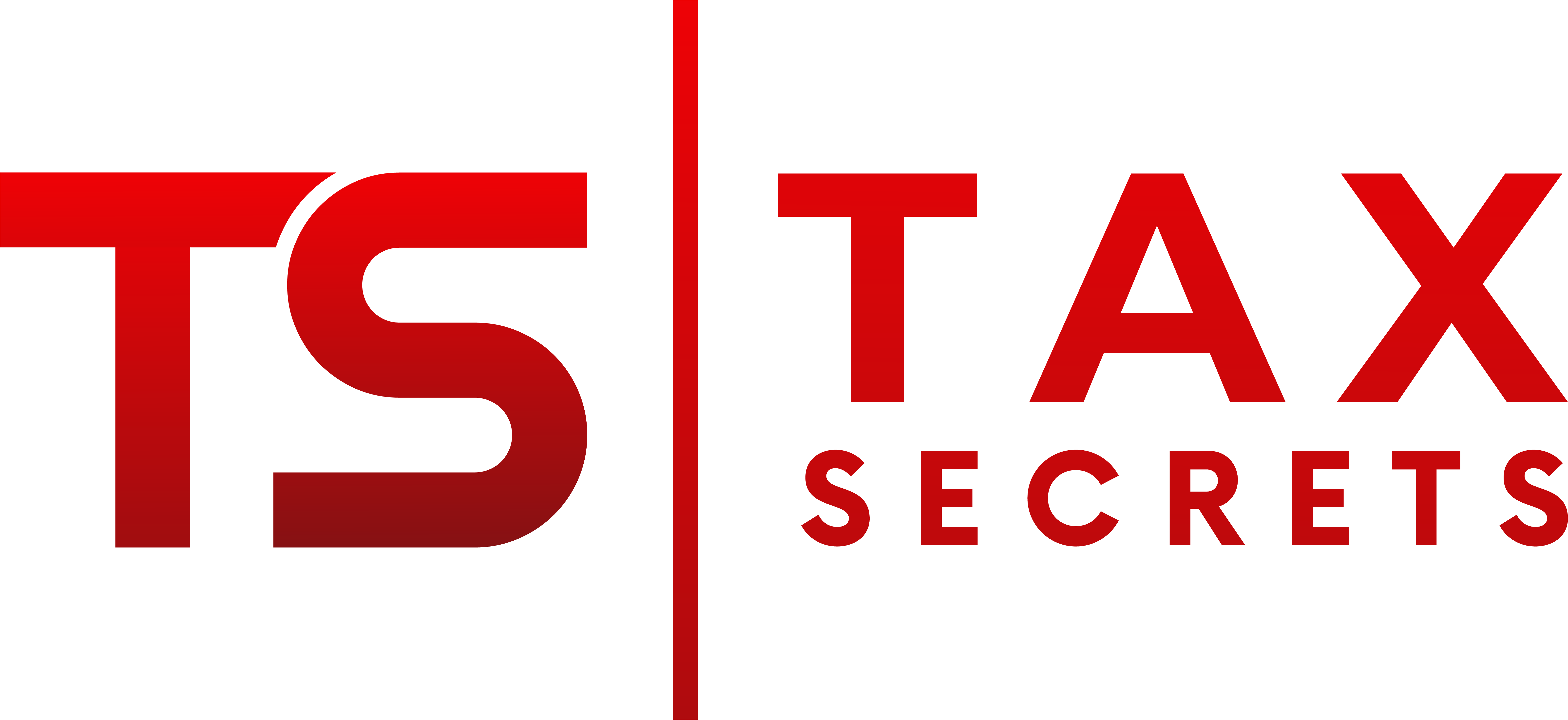Wow! You Can Now Get a Tax Credit For Buying a Used Electric Vehicle
Article Highlights:
- Income Limit
- Credit Amount
- Previously Owned Clean Vehicle
- Qualified Sale
- Qualified Buyer
- Dealer Report
- Transfer of Credit to the Dealer
- Vehicle Identification Number
- Non-refundable Credit
2023 brings with it a whole new set of rules related to qualifying for a tax credit for purchasing a used electric vehicle. This is the first time that used electric vehicles have qualified for a tax credit, and although considerably less than the credit for purchasing a new electric vehicle, it does provide an incentive for lower income taxpayers to acquire an electric vehicle. However, this new credit – officially termed the Previously-Owned Clean Vehicle Credit in the tax code – also comes with some rules that limit the vehicles that qualify, and essentially bars the credit to higher income taxpayers. Here are the details.
Income Limit – Congress chose to limit this credit to lower income individuals. Thus, no credit is allowed for any tax year if the lesser of the individual’s modified adjusted gross income (MAGI) for the:
- Current tax year, or
- The preceding tax year
exceeds the threshold amount as indicated below. There is no phaseout and just one dollar over the limit means no credit will be allowed. Thus, Congress has essentially eliminated the credit for higher income taxpayers.
-
- Married Filing Joint or Surviving Spouse $150,000
- Head of Household $112,500
- Others $ 75,000
MAGI is the buyer’s adjusted gross income increased by any foreign earned income and housing exclusions and excluded income from Guam, American Samoa, the Northern Mariana Islands, and Puerto Rico.
Credit Amount – A qualified buyer who acquires and places in service a previously owned clean vehicle after 2022 and before 2033 is allowed an income tax credit equal to the lesser of:
- $4,000 or
- 30% of the vehicle’s sale price.
The credit applies to the year that the taxpayer takes delivery (referred to in tax lingo as the year the “vehicle is placed in service”).
Previously Owned Clean Vehicle – A previously owned clean vehicle is a motor vehicle:
- The model year of which is at least two years earlier than the calendar year in which the taxpayer acquires it,
- Original use of which starts with a person other than the taxpayer,
- Is acquired in a qualified sale, and
- Generally meets the requirements applicable to vehicles eligible for the clean vehicle credit for new vehicles (must be made by a qualified manufacturer, be treated as a motor vehicle under the Clean Air Act, have a GVWR of less than 14,000 pounds, and have a rechargeable battery with a capacity of at least seven kilowatt hours) or is a clean fuel-cell vehicle with a gross weight rating of less than 14,000 pounds.
- The IRS provides a list of qualifying vehicles.
Note that a qualified used clean vehicle isn’t required to satisfy the domestic assembly and mineral content of batteries requirements that apply to a new clean vehicle.
Qualified Sale – A qualified sale is a sale of a previously owned motor vehicle:
- By a dealer,
- For a price of $25,000 or less, and
- Which is the first transfer after August 16, 2022 to a qualified buyer other than the original buyer of the vehicle.
Qualified Buyer – A qualified buyer is an individual who:
- Purchases the vehicle for use and not for resale,
- Meets the MAGI limits previously discussed,
- Is not a dependent of another taxpayer*, and
- Has not been allowed a credit for a previously owned clean vehicle during the three-year period ending on the sale date.
* Makes no difference if the buyer chooses not to claim the dependent, since the dependency deduction is still “allowable” to the buyer.
Dealer Report – A dealer must provide the following information on a report to the taxpayer and to the IRS:
- Name and taxpayer identification number of the dealer,
- Name and taxpayer identification number of the taxpayer,
- Vehicle identification number of the vehicle,
- Battery capacity of the vehicle,
- The date of the sale and the sales price of the vehicle,
- Maximum credit allowable for the vehicle being sold,
- For sales after December 31, 2023, the amount of any transfer credit applied to the purchase, and
- A declaration under penalties of perjury from the dealer.
Transfer of Credit to the Dealer – After 2023, the taxpayer purchasing the vehicle, on or before the purchase date, can elect to transfer the previously-owned clean vehicle credit to the dealer from whom the vehicle is being purchased in return for a reduction in purchase price equal to the credit amount.
A buyer who has elected to transfer the credit for a used clean vehicle to the dealer and has received a payment from the dealer in return, but whose MAGI exceeds the applicable limit, is required to recapture the amount of the payment on their tax return for the year the vehicle was placed in service.
The vehicle identification number of the previously owned clean vehicle is required to be included on Form 8936 (the form the buyer uses to claim the credit).
Be aware the credit is nonrefundable and can only be used to the extent of an individual’s tax liability for the year of the credit and any excess credit will be lost.
If you have questions about these new rules of the used clean vehicle credit, please give this office a call.

